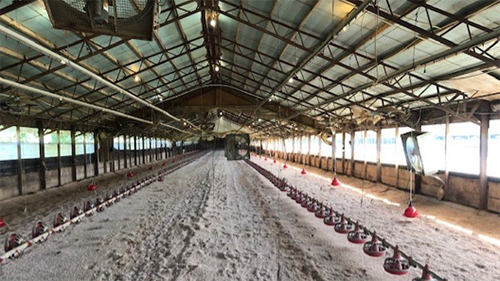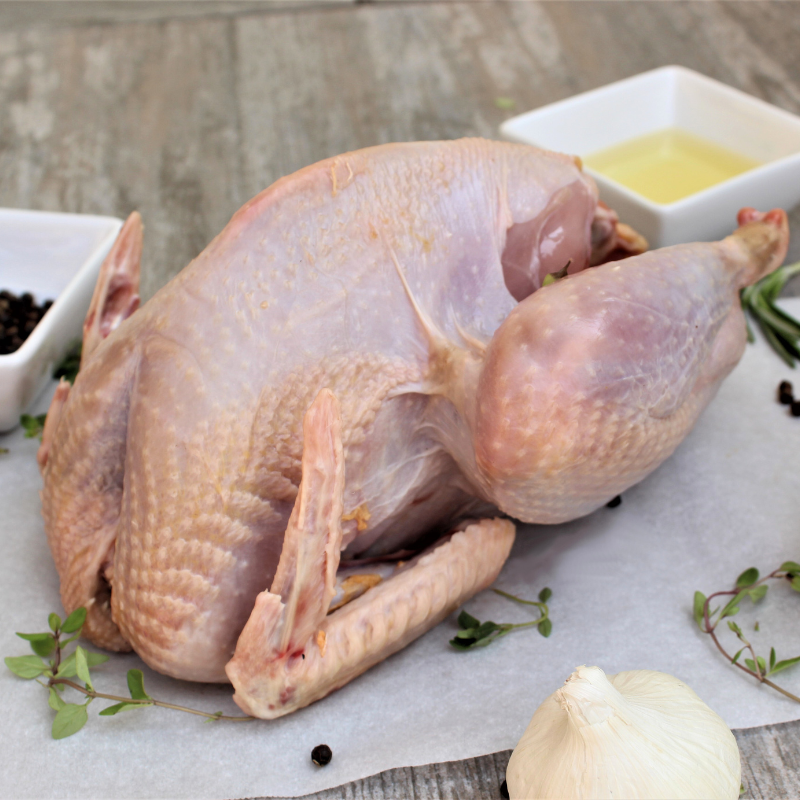Cover Management in Flight Pens
 At six to seven weeks of age, pheasants get moved from the brooder barn into flight pens. They will get raised in flight pens until they are mature, around 22 weeks of age. Properly managing the cover in flight pens is an essential step to producing a quality pheasant. Understanding how cover can positively (or negatively) affect the birds is important.
At six to seven weeks of age, pheasants get moved from the brooder barn into flight pens. They will get raised in flight pens until they are mature, around 22 weeks of age. Properly managing the cover in flight pens is an essential step to producing a quality pheasant. Understanding how cover can positively (or negatively) affect the birds is important.
Establishing cover in the pen is the first step. Optimally, all pens should be tilled in the spring of the year (or at the end of the season if weather permits). This does two things: First, it works the manure into the ground and allows the sun to hit the soil, creating less chance for disease. Second, it creates a will nourished seed bed for plants to grow.
Once tilled, a cover crop needs to be established in the pens. There are several options to choose from at this point. All have positives and negatives associated with them. Keep in mind that whatever the decision, it is something you will have to live with for the season.
Weeds are a popular option. They come up on their own and do not need to get planted every year. Keep in mind that all weeds are NOT created equal. Ragweed grows quickly and offers great cover for the birds early in the season. But later, it shades all other plants out, kills the low cover, and grows through the net. Grass is also good early, but the birds will quickly knock it down. Lambsquarter or Kochia would be the top choices for weeds. The leaves are smaller and grow down the entire length of the stem. It holds up well into the winter months. However, it does grow a bit slower and can easily be outcompeted by plants such as ragweed.
You can also plant grains in the pens. Corn is probably the most common thing planted. It can easily be broadcast into the pen. Planting the seeds too dense is the number one problem people encounter. The stalks will grow tall and spindly, will not produce a cob, and will fall over later in the season. Corn does not offer much protection from the wind in the dead of winter, as there are normally just a few stalks left standing. Sorghum is also a great cover crop. It does not grow very tall and offers excellent low cover. It holds up well later in the season. However, it requires warm soil temperatures to germinate, and if planted to early, will rot in the ground.
Whatever the cover crop in the pen, it is essential to have good low cover. Low cover is considered anything at ground level and is essentially the living quarters for the birds. Sometimes high cover, or the canopy can look impressive while looking at it from above. Get down on the ground and take a look from the bird’s view. You might be amazed at how different the cover looks and how little cover is actually available for the birds to utilize.
Once you have the cover growing well, it’s time to start mowing! Too much cover in a pen can be just as detrimental as too little cover. Pheasants need a certain amount of open space. They need sunlight, a place to dry off, and warm up. 15-20% of the total pen should be open space (devoid of cover). Mow paths in the pen with a brush hog. Spray the paths with 2-4-D (an herbicide that kills broadleaf plants only) to prevent them from growing back up. Make sure the space by the feeders and waterers are opened up as well.
When birds are first moved into the flight pens, the cover should be higher than the birds going into the pen. If it is not, birds will destroy the cover and nothing will grow. If you need to put birds into pens with short cover, you can put the birds out at 50 square feet per bird. At this density, the cover will grow up around the birds. Once the cover gets high enough, birds can be consolidating to normal densities.
As the summer progresses, low cover may begin to dwindle. In such cases, go into the pen and knock down cover. This can be easily accomplished by driving over the cover with a tractor, gator, golf cart, etc. It is important the cover not get mowed down, but just ran over. The cover that has been knocked down will serve the same purpose as the low cover, which will reduce the chances of the birds picking.
Managing cover in the flight pens is a key component to raising a quality bird. Don’t overlook it or underestimate its importance. You will be surprise by the difference it can make.
Related Posts
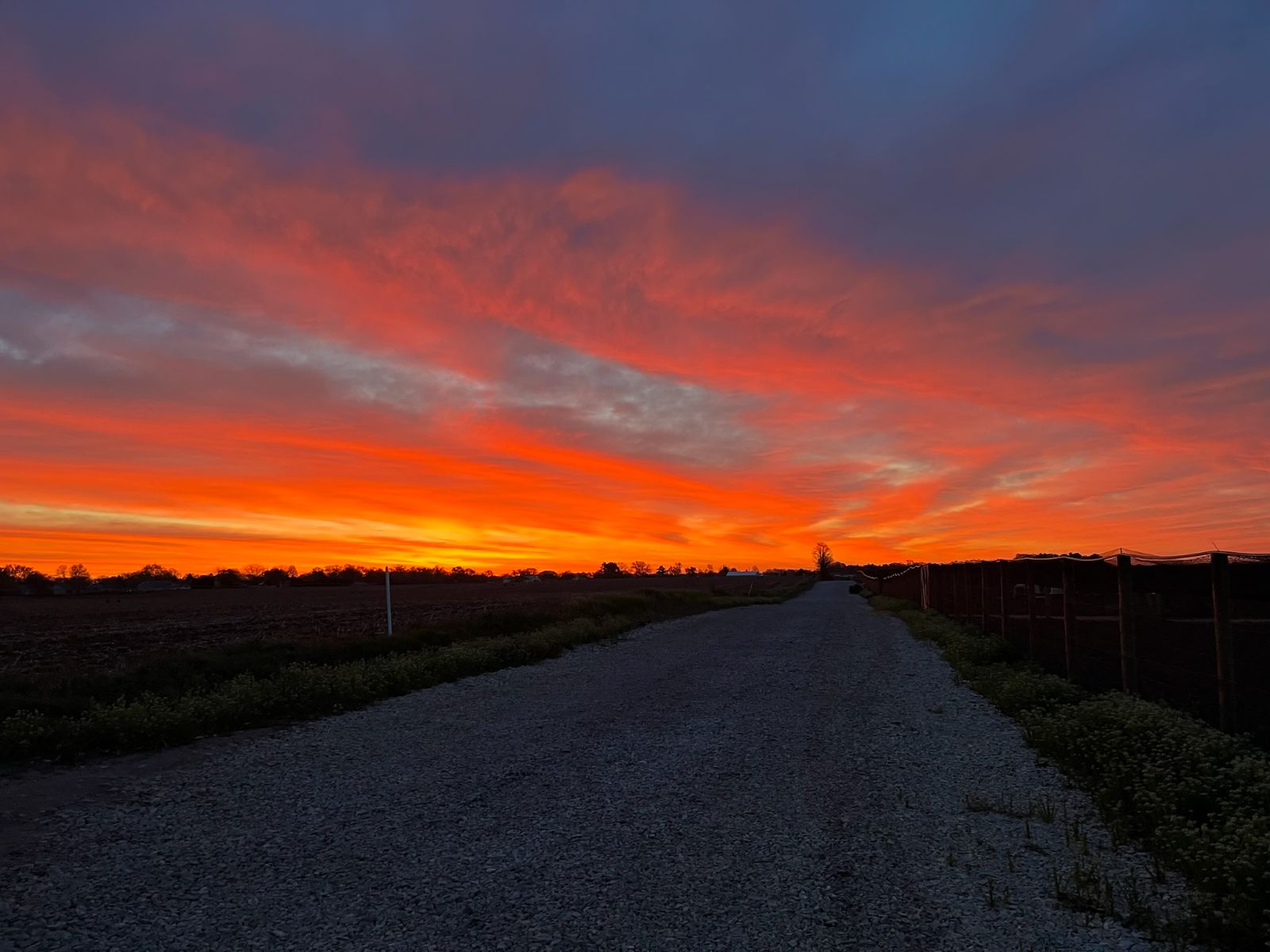
A Journey of Expansion: Jim Clark’s Legacy & Our New 16 Acres of Pheasant Pens
Read Post
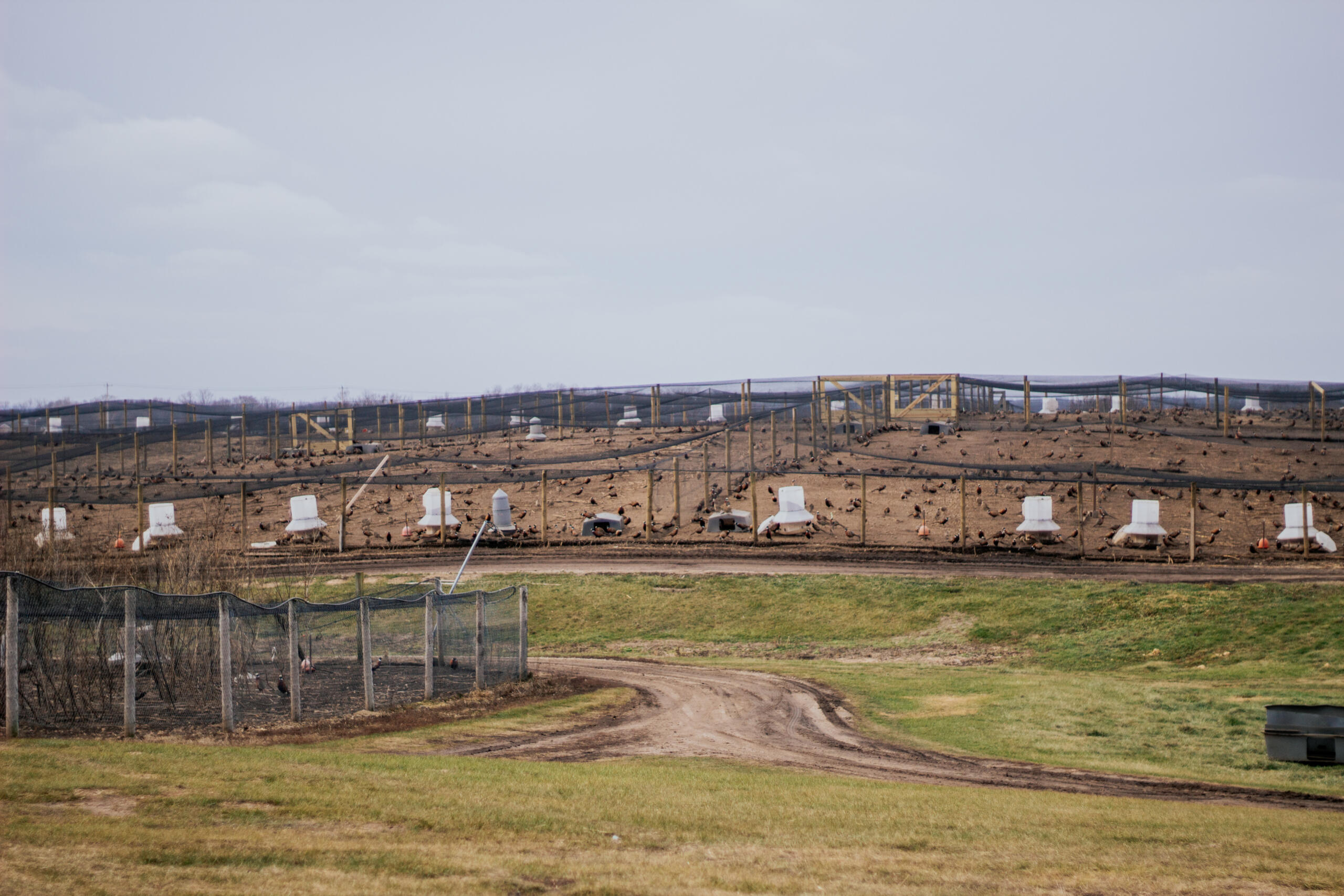
Preparing Our Barns & Pens Each Spring
Read Post
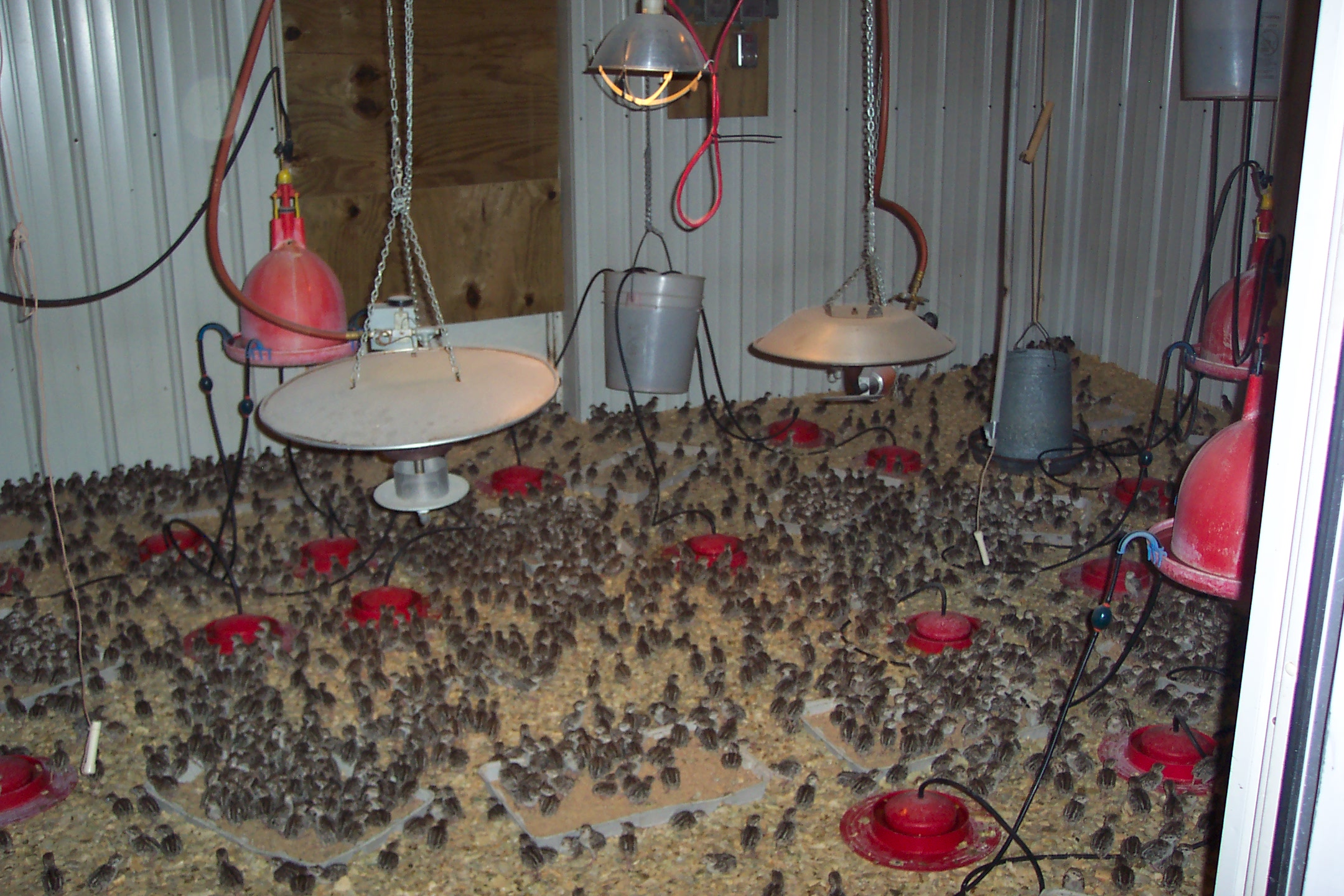
How We Prepare For Brooding Our Chicks
Read Post
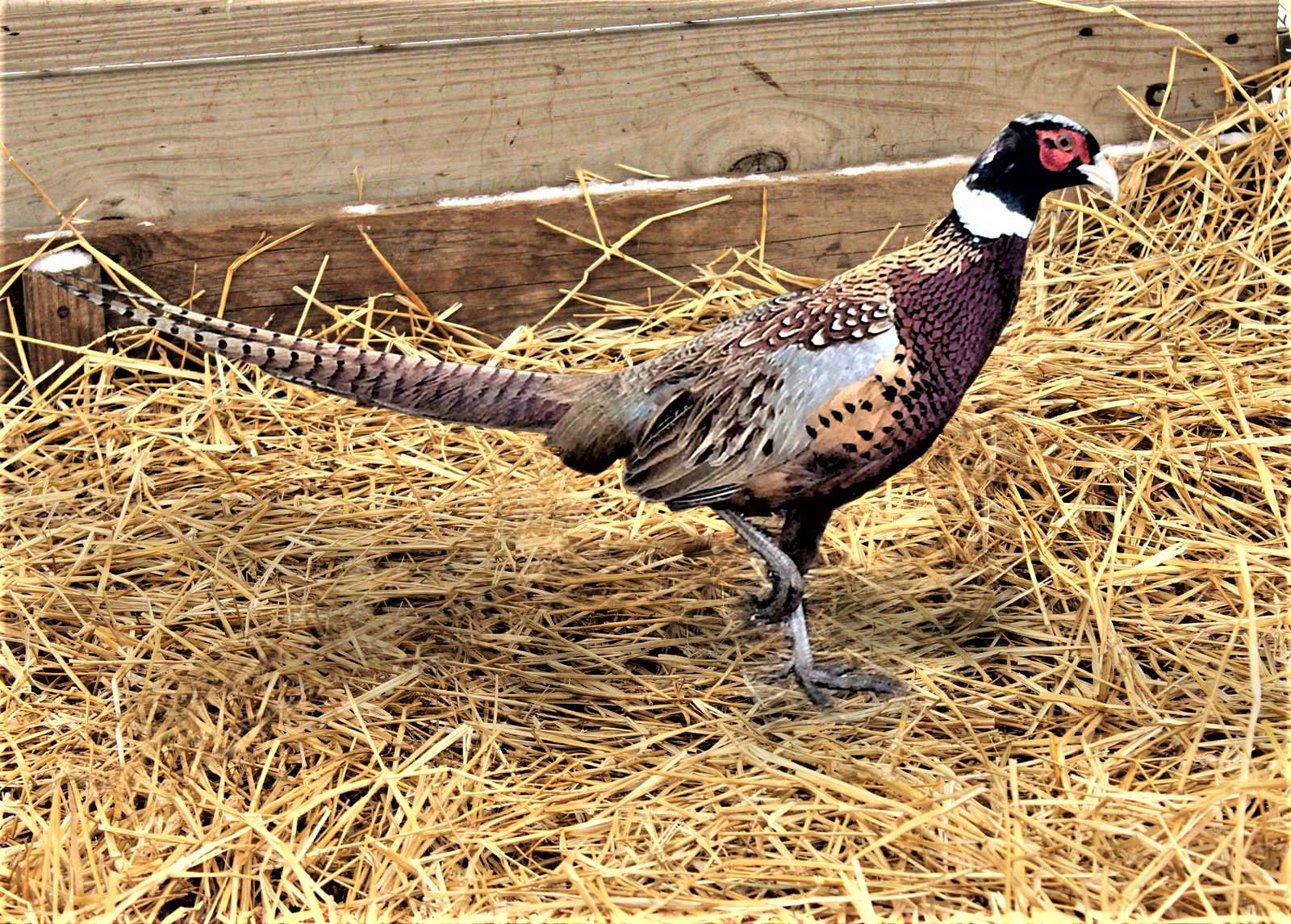
Our Milton Farm in 2024!
Read Post

10 Ways To Get the Most Out Of Brooder Barns
Read Post
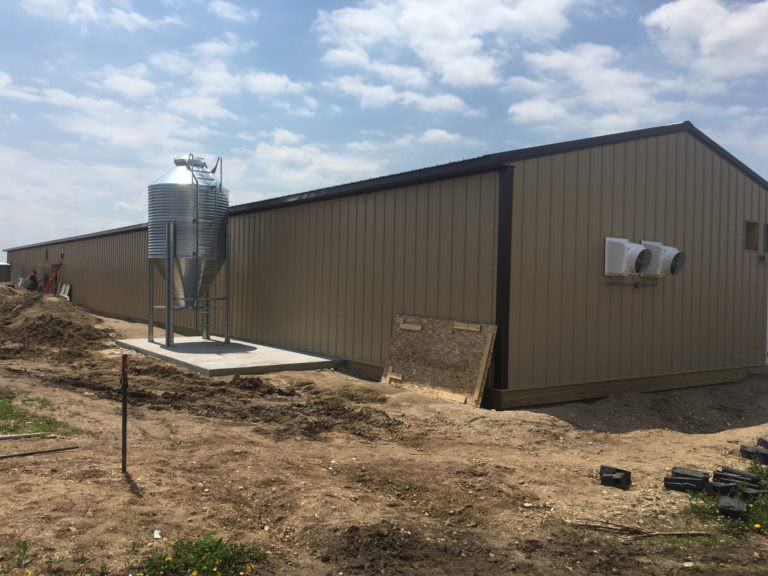
Air Flow in Barns
Read Post
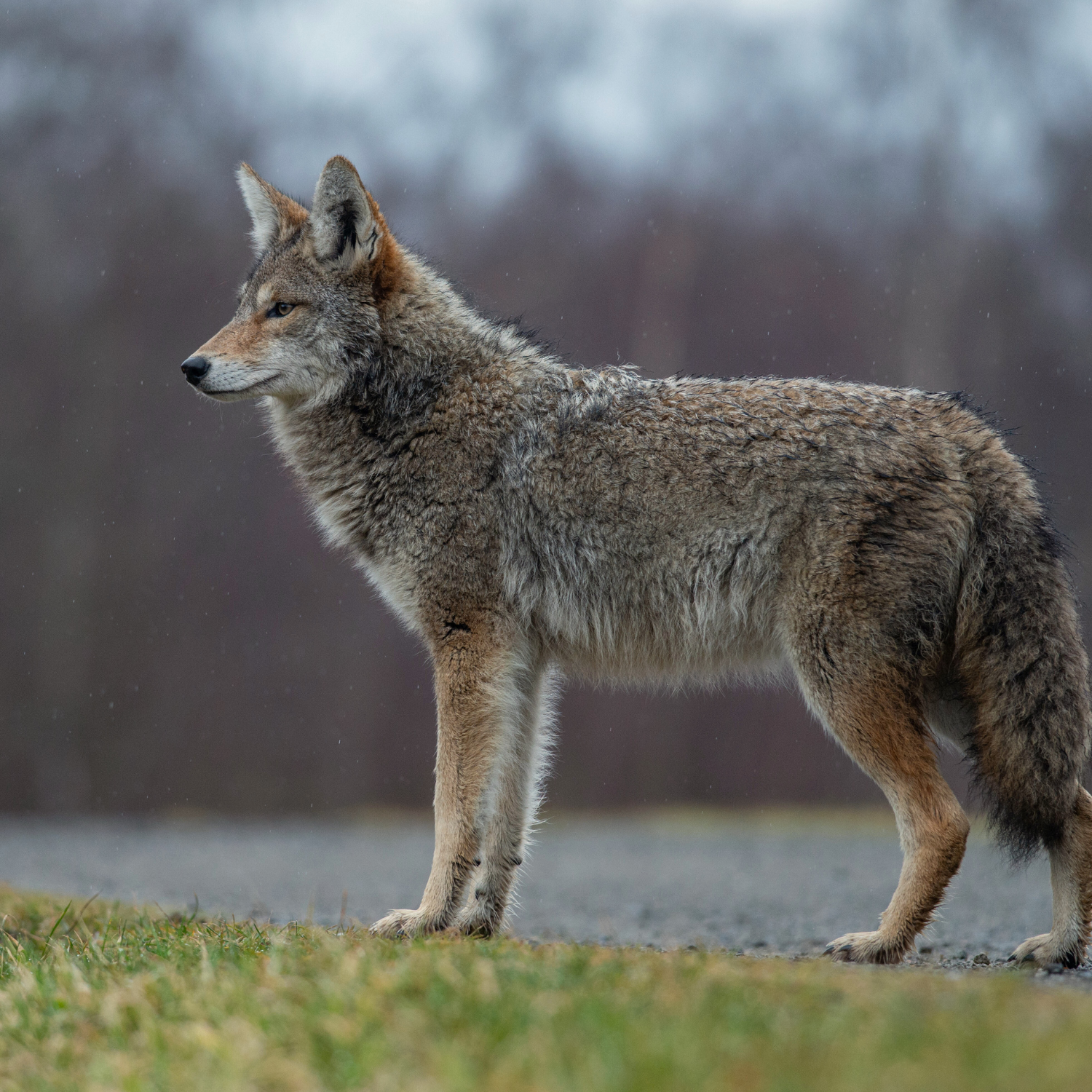
A Pheasant Farm’s Most Wanted List
Read Post
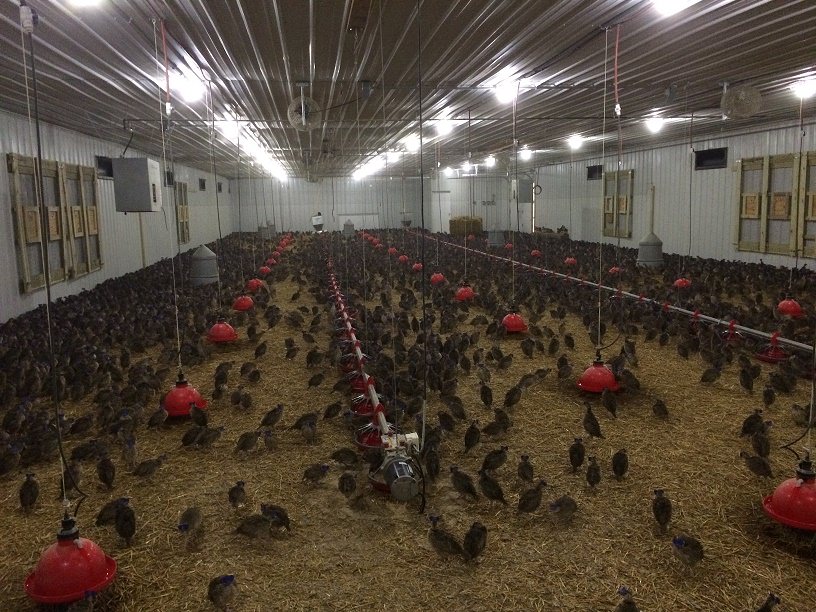
Barn Maintenance at MacFarlane Pheasants’ Milton Farm
Read Post
Take Advantage of These Free Resources
As the biggest game bird farm in the United States, we want to share our experience with you. Download our free resources below and get started.

